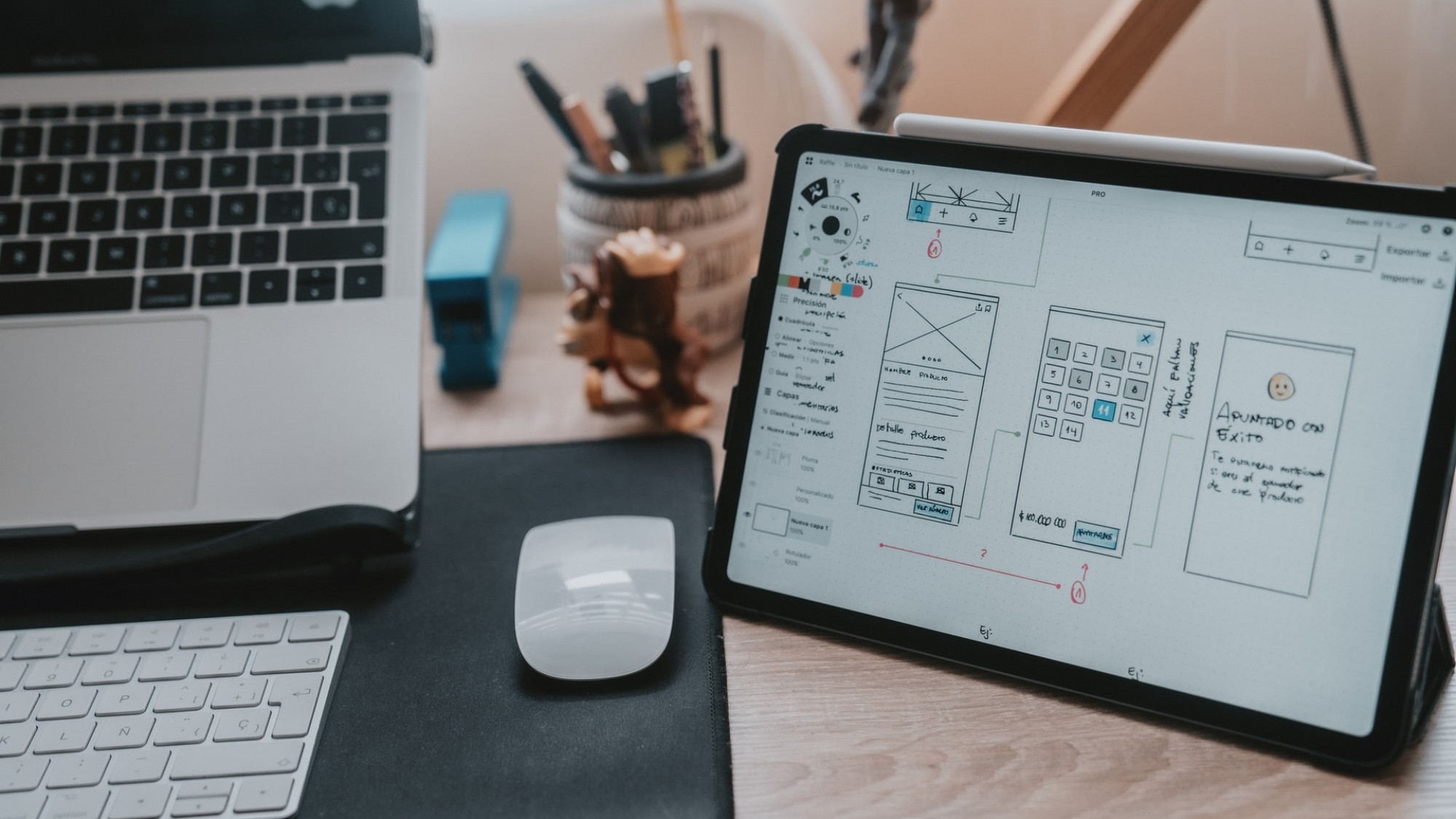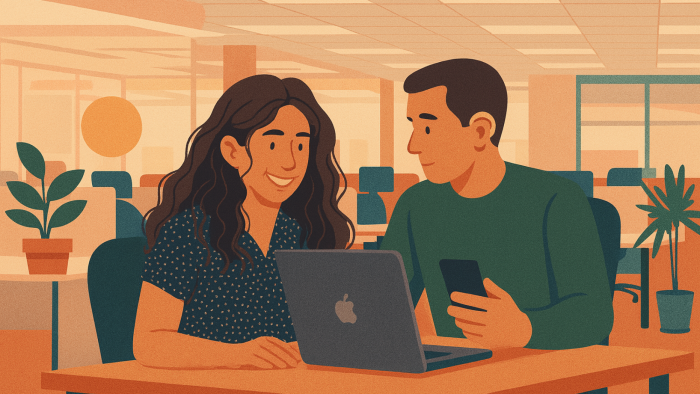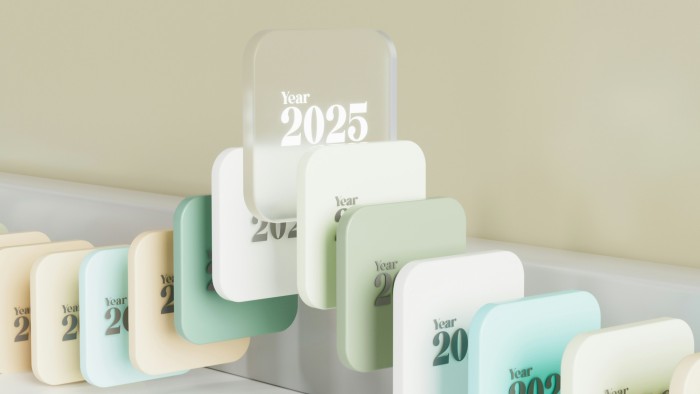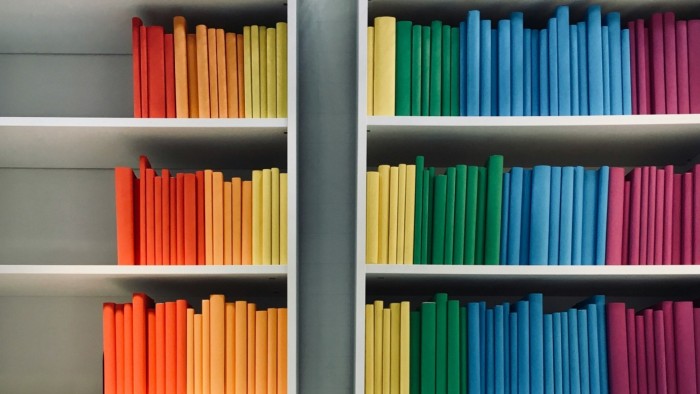Product Design vs. UX Design: differences and similarities
Discover the differences between Product Design and UX Design so you don't get lost in this jungle of terms that may seem abstract or confusing and help you get the right experts for your digital project.

In the digital domain, Product Design and UX Design are two specialties involved in the design of a product or service intended for end users, but they have a very different role as explained below.
Product Design is often confused with Industrial Design. The latter is practiced by an Industrial Designer who will imagine the physical objects you use in your daily life (car, table, smartphone, toy, bag) with the help of 3D software and will take care of its production in order to be made available on the market.
In this article, we are going to talk about Digital Product Design vs UX Design. The term "Digital Product Design" can also be used to avoid confusion with Industrial Design.
What is the difference between (Digital) Product Design and UX Design?
(Digital) Product Design and UX Design allow to launch a new product or to improve the existing one in a pleasant and user-friendly way in order to answer identified problems and to reach commercial or user objectives. Both specialties are equally important.
Product Design
Product Design adopts a global strategy for the product in order to lead it to new markets. It enables innovation to meet future end-user needs and meet or exceed the competition.
Product Design looks at how the different parts interact with each other to achieve long-term business objectives and enhances the customer experience. For example, if the product is a cell phone, the Product Designer must ensure that the operating system matches the touch screen interface as well as the physical buttons on the side.
UX Design
UX Design, or User Experience Design, focuses on the deep understanding of user needs and the current experience experienced by the user throughout the interaction with an app or service. UX Design focuses on usability (effectiveness, efficiency and satisfaction), brand image, interface design, ergonomics and the emotional impact felt by the user. It focuses on solving current problems, optimizing, improving and innovating the product.
We can therefore say that Product Design is "business oriented", while UX Design is "user oriented".
The design is not just what it looks like and feels like. The design is how it works. Steve Jobs
Talents at the service of the product
In the past few years, the UX profession has grown significantly in communication, marketing and digital teams, or in tech companies whose activity is entirely based on a digital product. The Product Designer and the UX Designer have a common creative approach which consists in empathizing with the users, designing, prototyping, formalizing and testing. Below, we will discover the difference between these 2 professions which will help you choose the right specialist to carry out your project.
The Product Designer
The Product Designer ensures that the product design process runs smoothly from start to finish in order to achieve business objectives and ROI and ensures that the product is feasible, effective, functional and viable and that the visual experience is relevant.
Some say that a Product Designer and a Product Manager have essentially the same role and share many responsibilities.
Their role is to:
- Understand the customer experience and business objectives,
- create the roadmap,
- analyze and position the product against competitors in the market,
- be responsible for the look and feel of the product and ensure that the product works,
- measure KPIs and conversion rates,
- make sure the product becomes what it is supposed to be.
The UX designer
The UX designer makes sure that the user can do what he wants on the product interface so that everything is simple, intuitive and understandable, in order to meet the user's needs and objectives. He/she must have a good understanding of the principles of human-computer interaction.
His role is to:
- solve problems through research and monitoring (UX research),
- interviewing users in order to know their frustrations, problems and needs in order to find the appropriate solution,
- do field observation when possible (Shadowing),
- create personas following the interviews conducted upstream,
- create the user journey map,
- create wireframes that will allow us to schematically identify the future product and its features,
- In some cases, design the graphic interface and animated prototyping to simulate interactions and navigation between pages,
- perform usability tests with a panel of selected users to test the future product before its development.
Some examples of tools used by Product Designers and UX Designers:
- Remote workshop: Miro, Murals
- Wireframing: Sneakpeekit, Balsamiq, Axure
- Interface design: Figma, Sketch, Adobe XD,
- Prototyping: InVision, Zeplin, Origami, Marvel App, Framer, Principle, Finto
- User flow: Lucidchart, Miro, Murals, Figma, Gliffy, Whimsica Flowcharts
- User journey map : Optimalworkshop
- Heat map : Hotjar
- User tests : Maze, Lookback, Usabilla
In the end, the role of a product designer or a UX designer are close, but they still have their distinctions which are not negligible. Their responsibilities and the questions they must ask themselves throughout the product design process are not the same. Technologies evolve, as do products (tablets, smartphones, connected watches...) and end-users also change over time. Depending on your project, your needs and those of your users, your objectives or the problems you are trying to solve, you may need a Product Designer or a UX Designer.
Priscille
UX/I Designer


